Pickle seasoning mix is a versatile spice blend used for pickling vegetables, marinating meats, and enhancing flavors in various dishes. This guide covers everything you need to know: key ingredients, practical uses, brand comparisons, and how to make your own at home.
Key Ingredients in a Pickle Seasoning Mix
Understanding the core components of pickle seasoning mix helps you customize flavors and achieve optimal results. Each ingredient plays a specific role in taste, preservation, and texture:
- Mustard seeds: Provide sharp, pungent notes that balance sweetness and inhibit bacterial growth during pickling. They’re essential for crisp vegetables.
- Cumin: Adds earthy warmth and depth, complementing tangy acids. Ideal for cucumber pickles or spicy variations.
- Garlic powder: Enhances savory umami without moisture, ensuring consistent flavor in dry blends. Crucial for meat marinades.
- Onion powder: Delivers mild sweetness that rounds out spice and acidity. Perfect for dill-style pickles.
- Black pepper: Contributes subtle heat and complexity. Use sparingly to avoid overpowering delicate vegetables.
- Salt: Critical for preservation and flavor enhancement. Non-iodized varieties prevent cloudiness in brine.
- Vinegar powder or citric acid: Ensures consistent acidity for food safety. Essential for shelf-stable pickles.
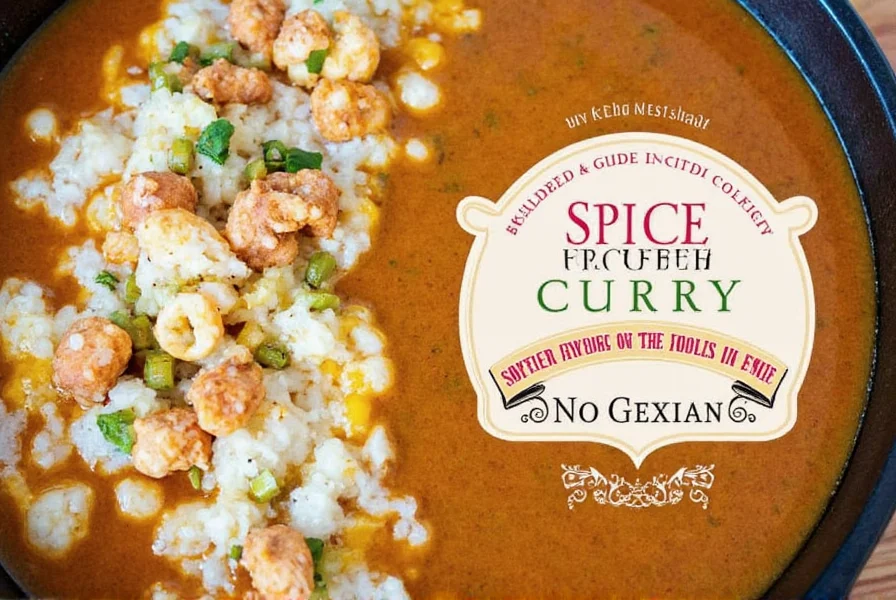
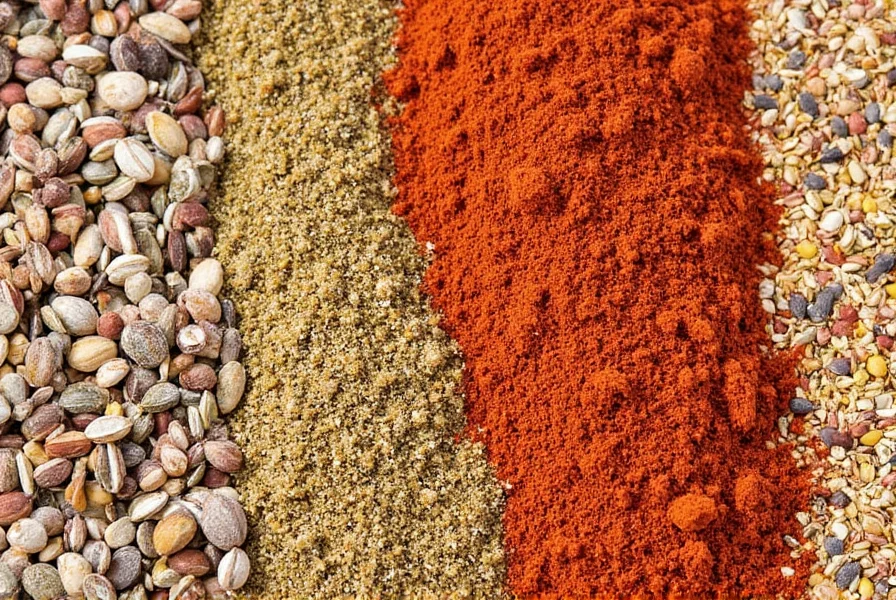
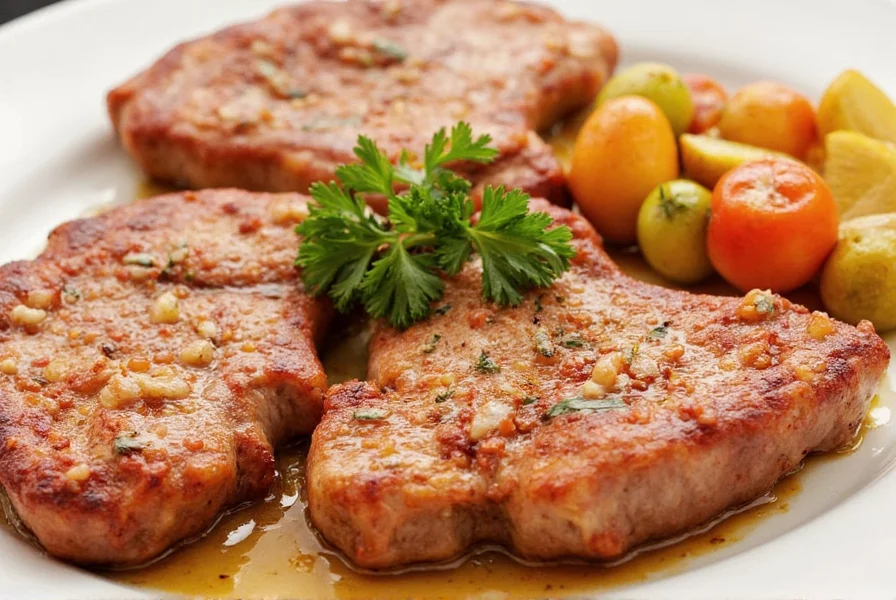
Practical Tips for Using Pickle Seasoning Mix
Maximize versatility with these expert-backed applications:
- For cucumbers: Use 1.5 tablespoons per quart of brine (50% vinegar, 50% water) for classic dill pickles. Add 1 tsp dill seed for authentic flavor.
- Grilled chicken marinade: Mix 1 tbsp seasoning with 2 tbsp olive oil and 1 tbsp lemon juice. Marinate 30 minutes for juicy, tangy results.
- Roasted vegetables: Toss carrots or potatoes with 1 tsp seasoning, 1 tbsp oil, and roast at 400°F for 25 minutes. Enhances natural sweetness.
- Homemade ketchup: Add 1 tsp to tomato puree with 1 tbsp honey and 2 tbsp vinegar. Simmer 10 minutes for tangy depth.
- Storage: Keep in an airtight glass jar away from light. Homemade blends last 6 months; commercial mixes last 1-2 years.
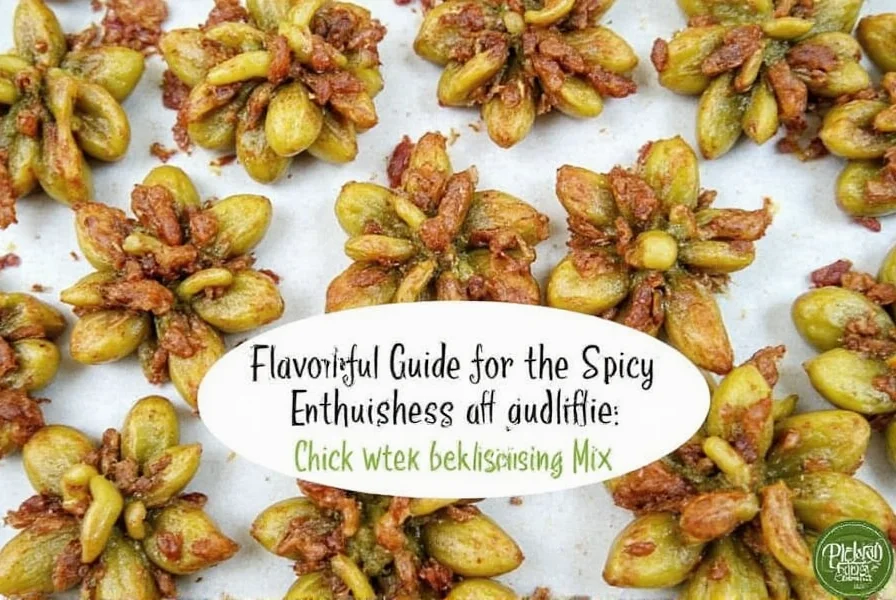
Buying Guide: How to Choose the Best Pickle Seasoning Mix
Key Features to Prioritize
- Ingredient quality: Look for non-GMO, organic spices without artificial additives. Avoid mixes with fillers like maltodextrin.
- Flavor balance: A good blend should have 40% tangy (vinegar/citric acid), 30% savory (garlic/onion), 20% spicy (mustard/black pepper), and 10% warm (cumin).
- Food safety compliance: For canning, ensure salt content meets USDA guidelines (minimum 1.5% salt by weight in brine).
- Shelf life: Commercial blends should list expiration dates. Homemade mixes need refrigeration after 3 months.
Top Products for Specific Needs
- Best for beginners: McCormick - Consistent flavor, widely available, and affordable ($5-$8). Ideal for standard cucumber pickles.
- Best for gourmet cooking: Penzeys - Uses organic spices with complex layers. Perfect for heirloom tomatoes or spicy pickled onions ($10-$15).
- Best for gluten-free diets: Spicely Organics - Certified gluten-free with no cross-contamination. Great for sensitive eaters ($8-$12).
Comparison of Top Pickle Seasoning Mix Brands
| Brand | Ingredients | Flavor Profile | Price Range | Best For |
|---|---|---|---|---|
| Mccormick | Mustard seeds, cumin, garlic, onion, salt | Classic tangy with balanced spice | $5–$8 | Everyday pickling, beginners |
| Penzeys | Organic mustard seeds, cumin, garlic, onion, black pepper | Rich, complex, aromatic | $10–$15 | Gourmet dishes, spice enthusiasts |
| Spicely Organics | Gluten-free spices, no fillers | Mild and clean | $8–$12 | Gluten-sensitive diets, health-focused cooks |
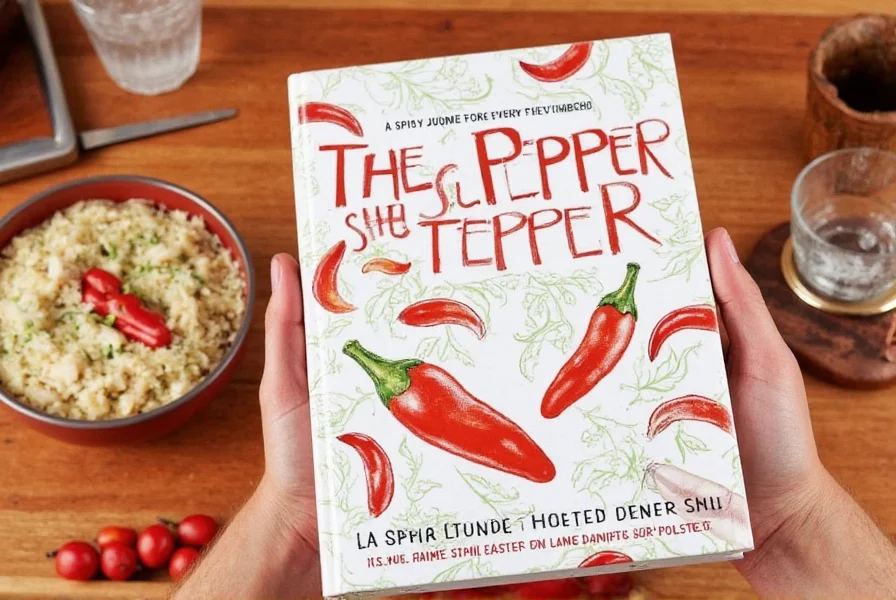
Conclusion
Pickle seasoning mix transforms simple ingredients into culinary masterpieces. Whether you’re pickling cucumbers, marinating chicken, or elevating roasted vegetables, the right blend delivers consistent, restaurant-quality flavor. Prioritize ingredient quality, understand flavor ratios, and experiment with homemade variations to unlock endless possibilities. With this guide, you’ll confidently choose, use, and create the perfect mix for any dish.
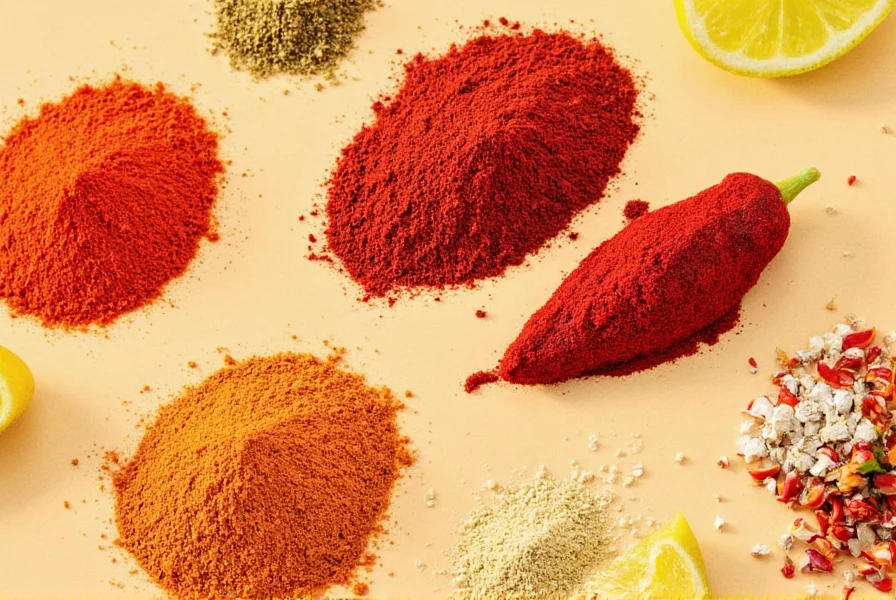
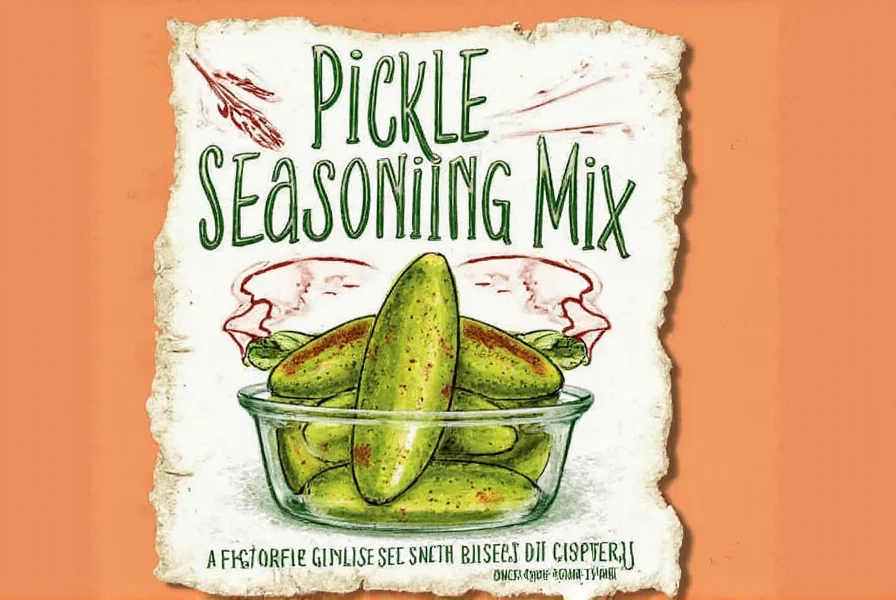
Frequently Asked Questions
What is the difference between pickle seasoning mix and pickle spice?
Pickle seasoning mix includes salt, vinegar powder, and spices for direct use in brine. Pickle spice typically contains only spices (no salt or acid), requiring separate addition of salt and vinegar for safe pickling.
How long does pickle seasoning mix last?
Commercial blends last 1-2 years in a cool, dark place. Homemade mixes retain peak flavor for 6 months. Always check for clumping or off-odors—discard if present.
Can I use pickle seasoning mix for anything besides pickles?
Absolutely! Use it as a dry rub for grilled chicken (1 tbsp per pound), sprinkle on roasted carrots, mix into potato salad dressing, or add 1 tsp to Bloody Mary cocktails for tangy depth.
How much pickle seasoning mix should I use per jar of pickles?
For cucumbers: 1.5 tbsp per quart. For beets or carrots: 2 tbsp per quart. Always follow USDA guidelines—never reduce salt for food safety during canning.
Is pickle seasoning mix gluten-free?
Most pure spice blends are naturally gluten-free. However, check labels for anti-caking agents or cross-contamination warnings. Spicely Organics and Frontier Co-op offer certified gluten-free options.
Can I make my own pickle seasoning mix at home?
Yes! Combine 2 tbsp mustard seeds, 1 tbsp coriander seeds, 1 tbsp dill seeds, 1 tbsp black peppercorns, 2 tsp turmeric, and 1 tsp celery seeds. Toast lightly, grind, and store in an airtight jar. Perfect for cucumber pickles.
Do I need to add vinegar when using pickle seasoning mix?
Yes. Vinegar provides essential acidity for food safety. Use a 50-60% vinegar ratio in brine (e.g., 2 cups vinegar + 2 cups water for 4 cups total). Seasoning mix enhances flavor but doesn’t replace acid.
How does pickle seasoning mix differ from dill pickle mix?
Dill pickle mix emphasizes dill weed and seeds as primary flavors, creating classic dill taste. Standard pickle seasoning includes mustard, cumin, and garlic for broader versatility. Use dill mix for authentic cucumber pickles; use standard mix for spicy or savory applications.

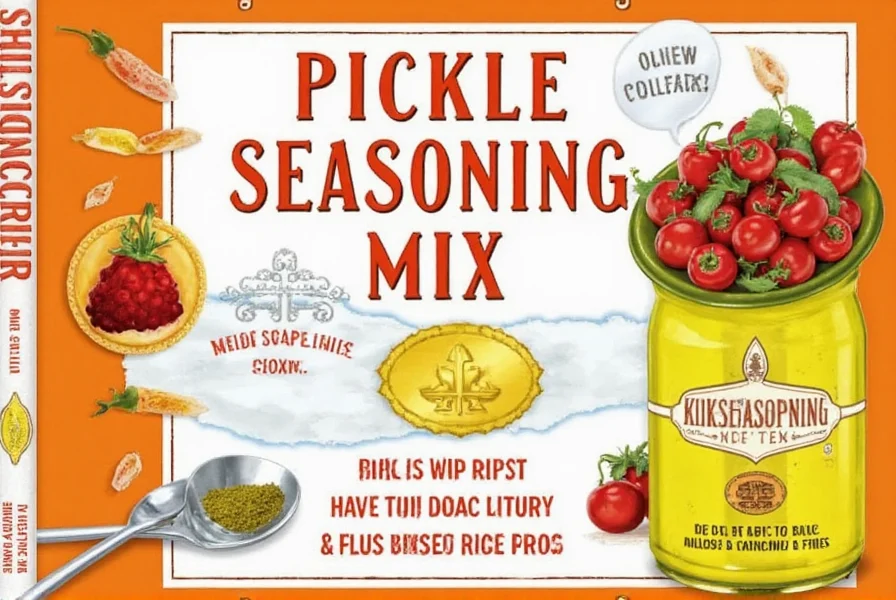









 浙公网安备
33010002000092号
浙公网安备
33010002000092号 浙B2-20120091-4
浙B2-20120091-4